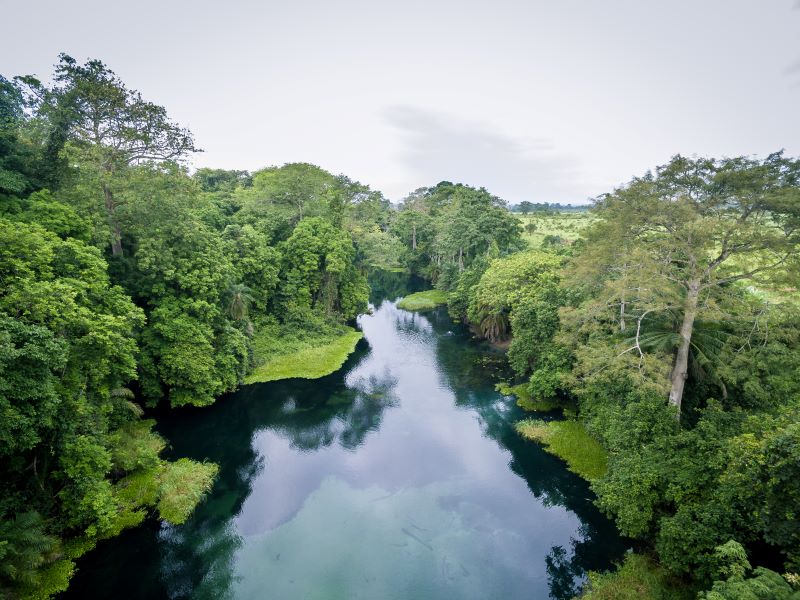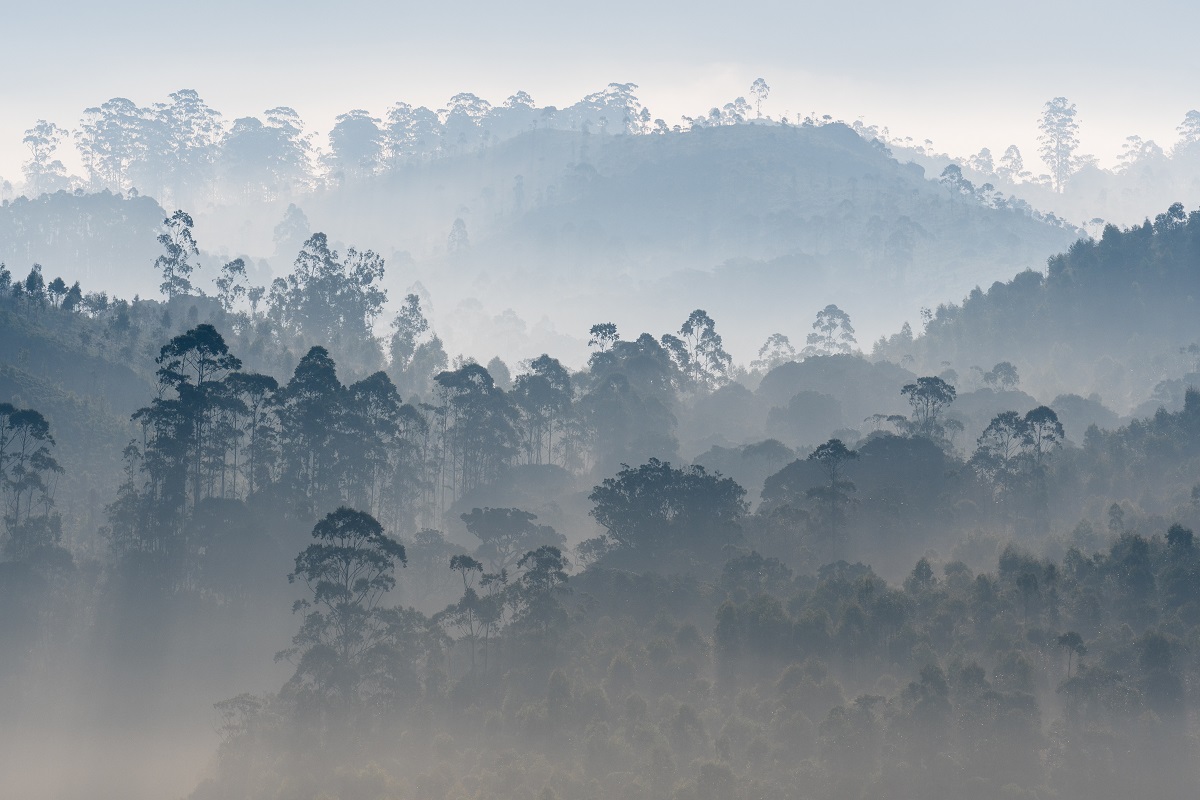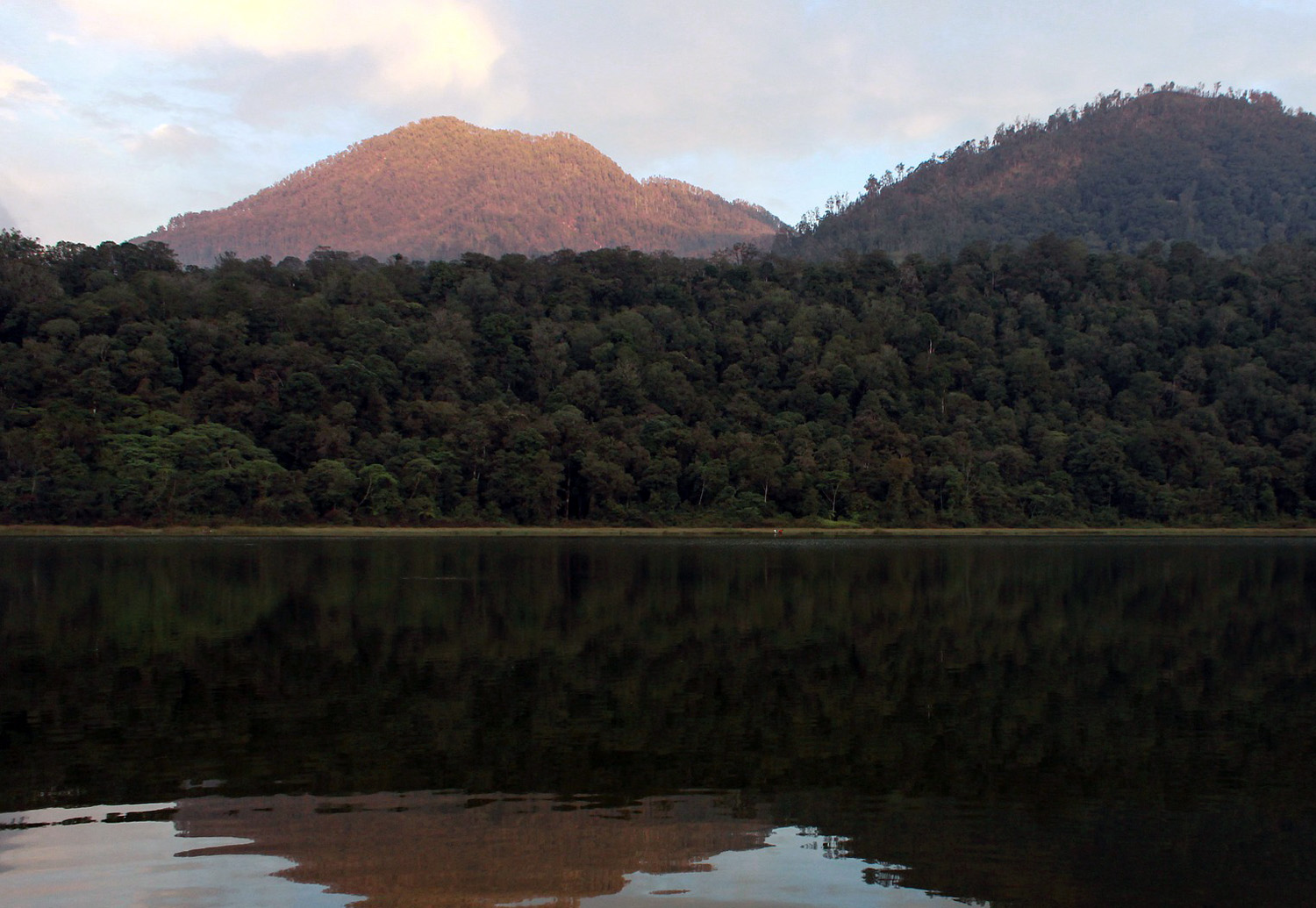When I first heard about international programs that would pay to reduce deforestation, I assumed that indigenous peoples who inhabit tropical forests would be unanimously supportive. As I should have anticipated, indigenous peoples and their organizations are quite heterogenous in their reactions to forest conservation initiatives for many reasons, including past experiences of repression and current political movements to claim their rights. Case studies and research have shown how indigenous peoples have made important progress on these issues within the context of REDD+ (Reduction of Emissions from Deforestation and Degradation Plus). Unfortunately, the political gains of indigenous peoples have not been matched by rapid progress in addressing the national factors which fail to prevent, and many times even promote, deforestation.
A case in point: the recent CGD case study by Liliana Lozano on the impact of REDD+ initiatives in Peru with regard to the rights and well-being of indigenous peoples and the conservation of their forests. CGD commissioned this study as one of three case studies (the others are Guyana and Indonesia, which is forthcoming) to investigate this issue and to review the global evidence. Lozano’s paper assesses the impact of REDD+ on Peru’s forests and indigenous peoples within the context of its domestic economic and political history and in relation to international negotiations over REDD+.
Peru’s engagement with international efforts to reduce deforestation should be helpful to indigenous peoples in at least two ways: preserving the tropical forests upon which indigenous peoples rely and following principles of consultation and informed consent. Nevertheless, Peru’s active participation in negotiating international REDD+ agreements has had mixed results. With support (and pressure) from international programs, Peru has enacted new forest laws and strategies that aim to halt deforestation, even though deforestation has continued to increase. And while indigenous groups still face pressures on their lands and rights from the expansion of small-scale agriculture, mining, and corruption, national forest protection strategies are not in themselves a significant threat to them.
What emerges from Lozano’s analysis instead is that international forest agreements in Peru have primarily served as a new political resource and forum for organized indigenous groups to claim their rights. In the course of their struggle, they have proposed an alternative vision of forest protection (in Spanish) in direct negotiation with the government and with some participation in national policy debates. (You can also check out a Vimeo version with English subtitles.) They have also made important progress in obtaining clarification of land tenure and land rights, establishing precedents that could ultimately transform the economic and political relationships between indigenous peoples in the tropical forests and the rest of the country.
After 10 years of negotiating REDD+, indigenous groups in Peru—and internationally—are no longer seen as groups who will automatically benefit from forest preservation nor as bystanders in the design and implementation of programs. They are integral to any conversation about preserving the world’s tropical forests, as Lozano has documented in this study.
But what about conserving the tropical forests which are critical to maintaining a habitable planet? The economic interests driving mining and agriculture have not slowed down. Legal reforms have not been matched by vigorous enforcement. Governmental authorities are stretched thin by competing demands and some are even implicated in illegal deforestation. In this regard, one conclusion I take from Lozano’s case study is that the struggles by indigenous peoples for recognition of their rights in Peru may be the primary political counterbalance to those groups who benefit from tropical deforestation. If so, by providing a political resource to indigenous peoples, international initiatives like REDD+ may eventually reduce deforestation—but indirectly and in unforeseen ways.
But that is not enough. We need to forge and strengthen other allies if we are going to slow or halt the key drivers of deforestation and change the public policies that support and subsidize destruction of the tropical forests.
CGD blog posts reflect the views of the authors, drawing on prior research and experience in their areas of expertise.
CGD is a nonpartisan, independent organization and does not take institutional positions.





